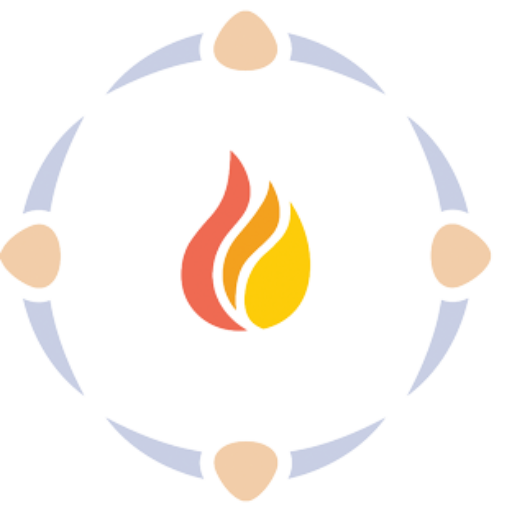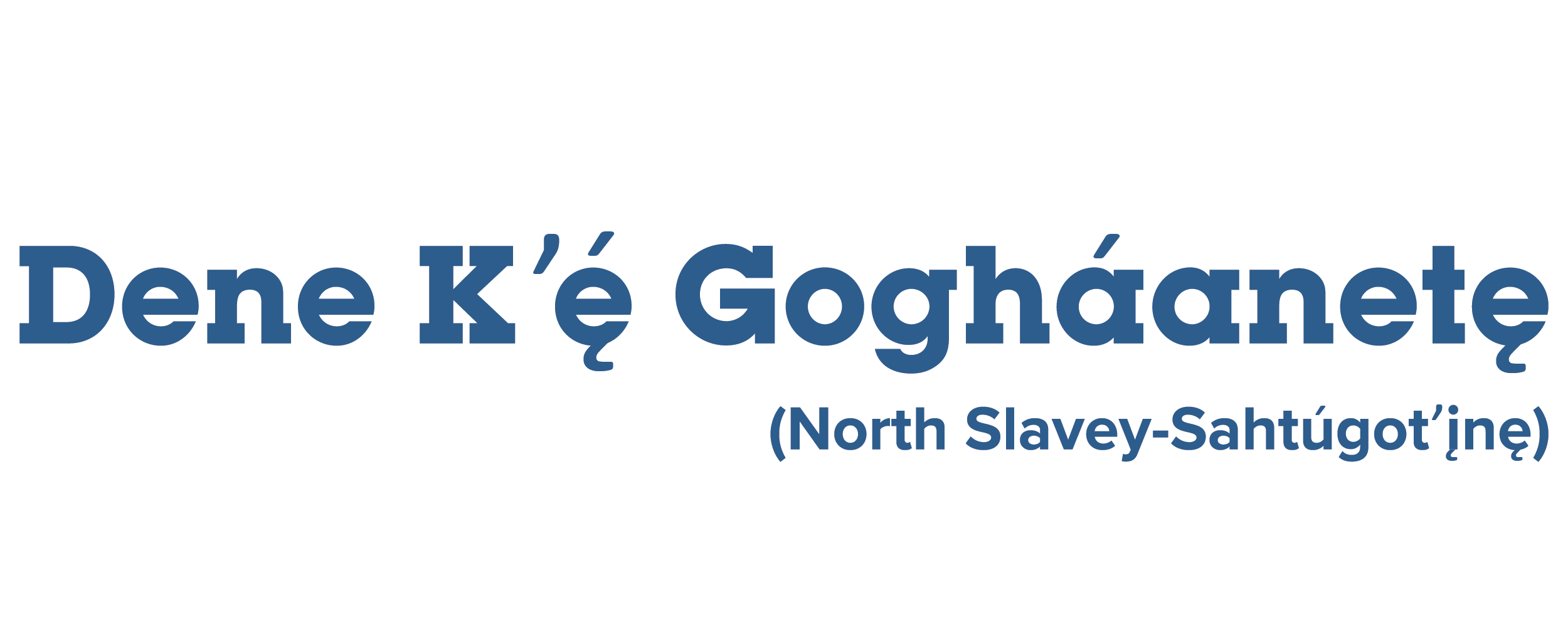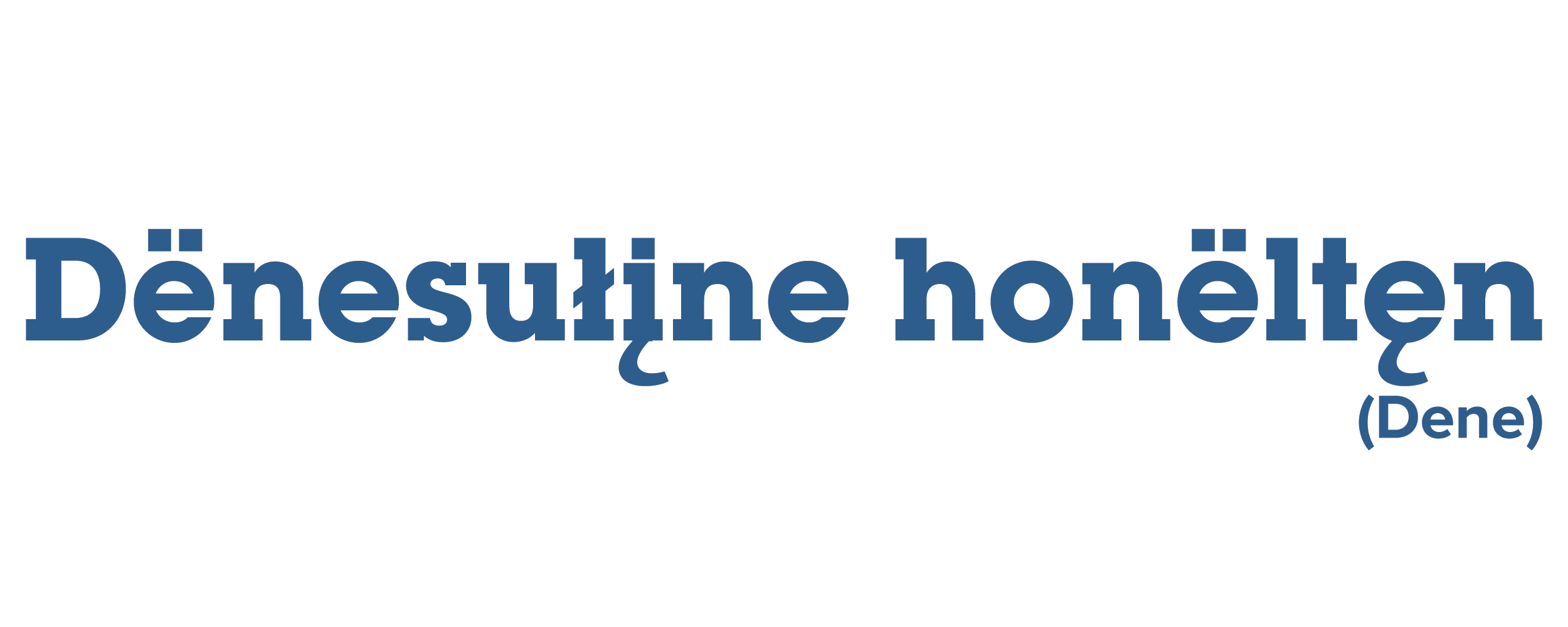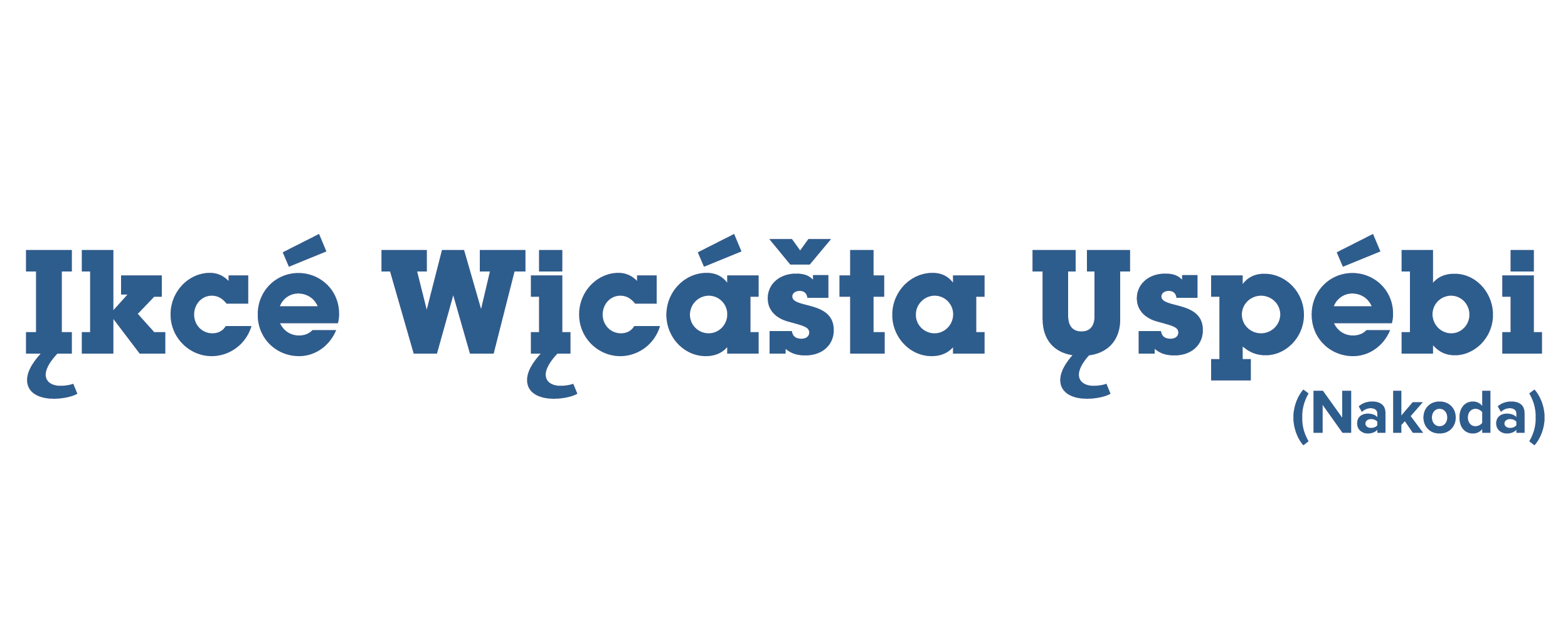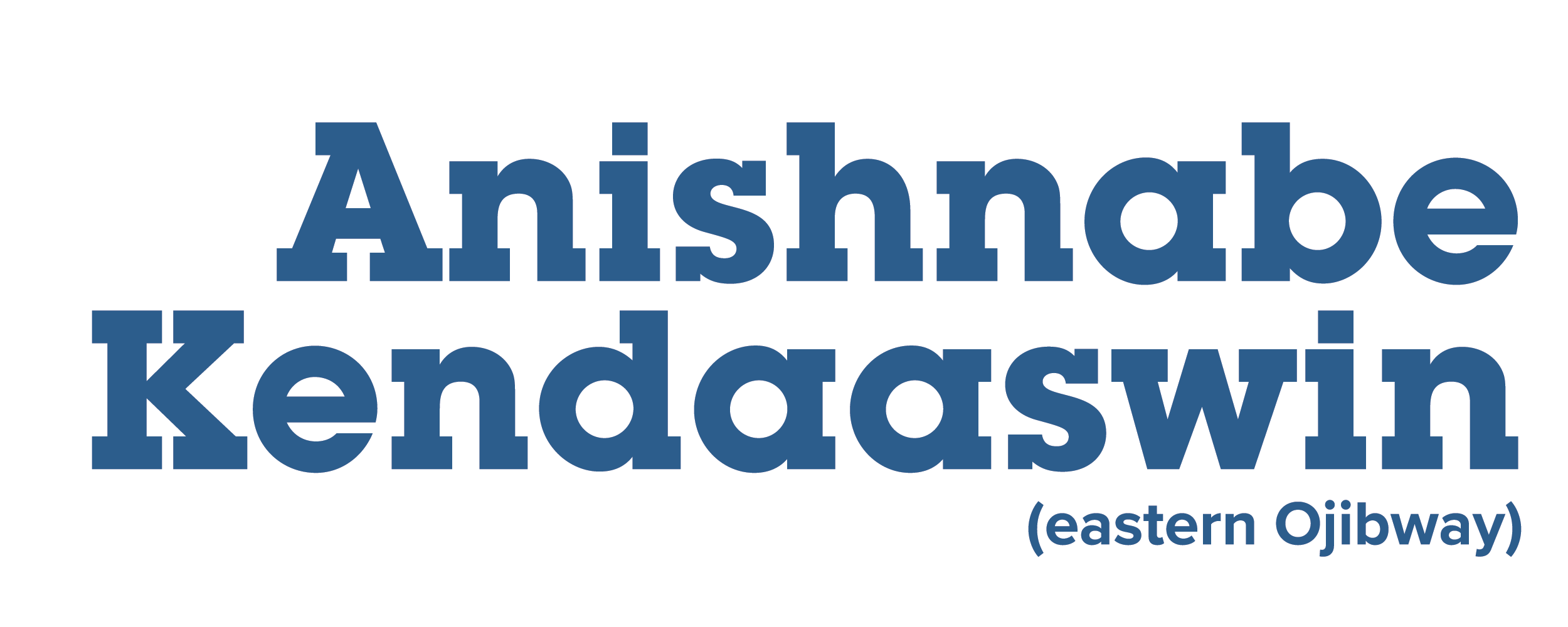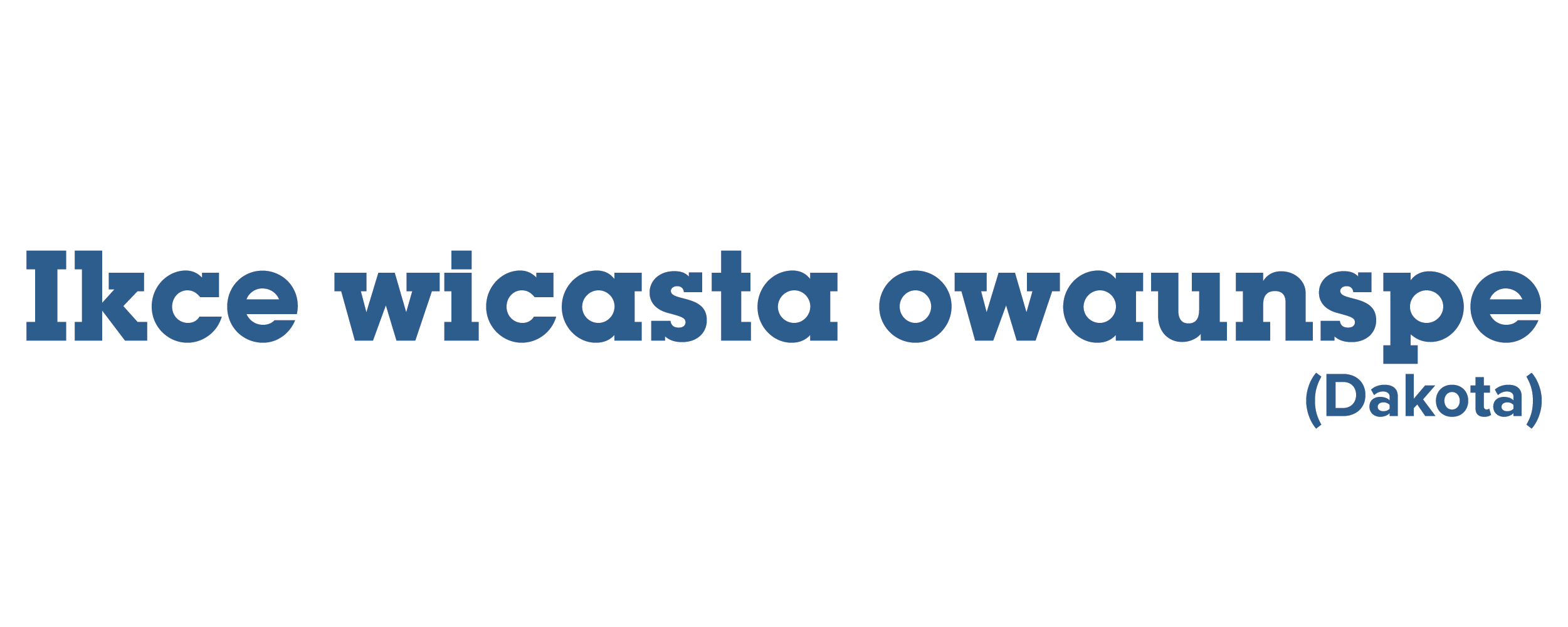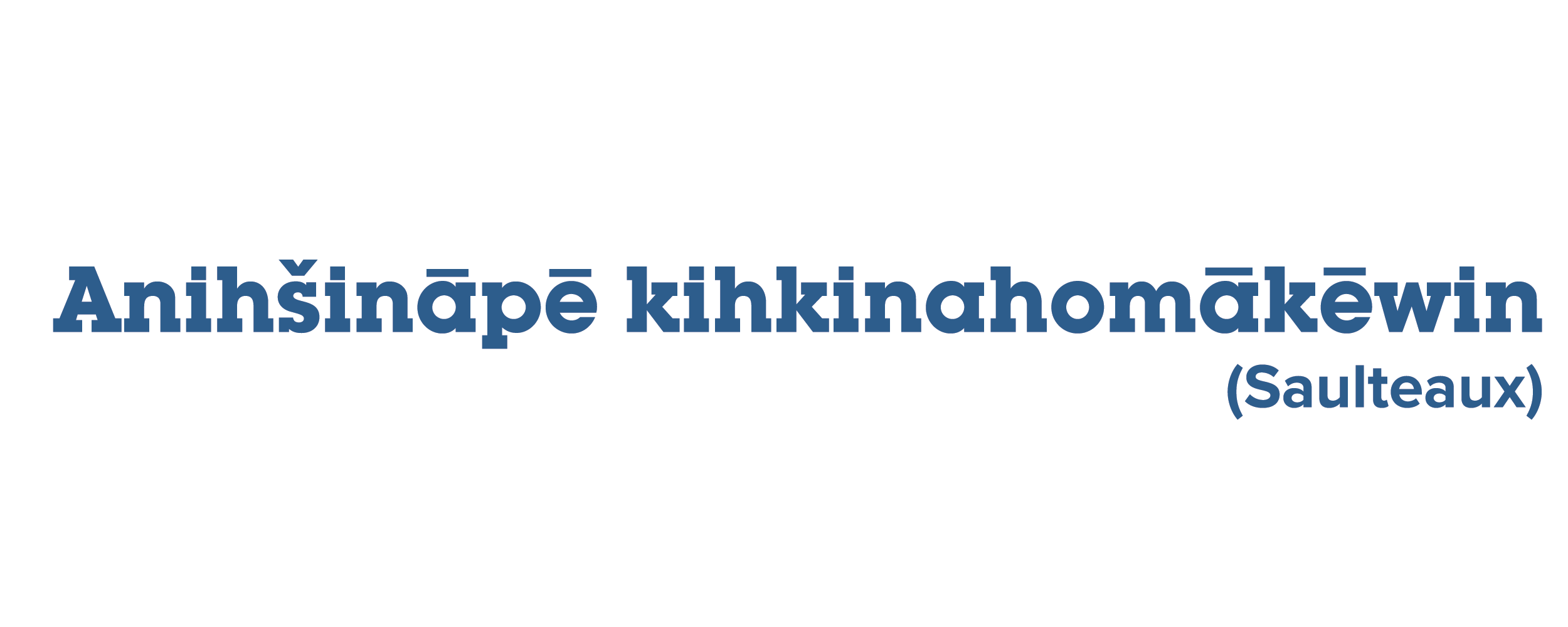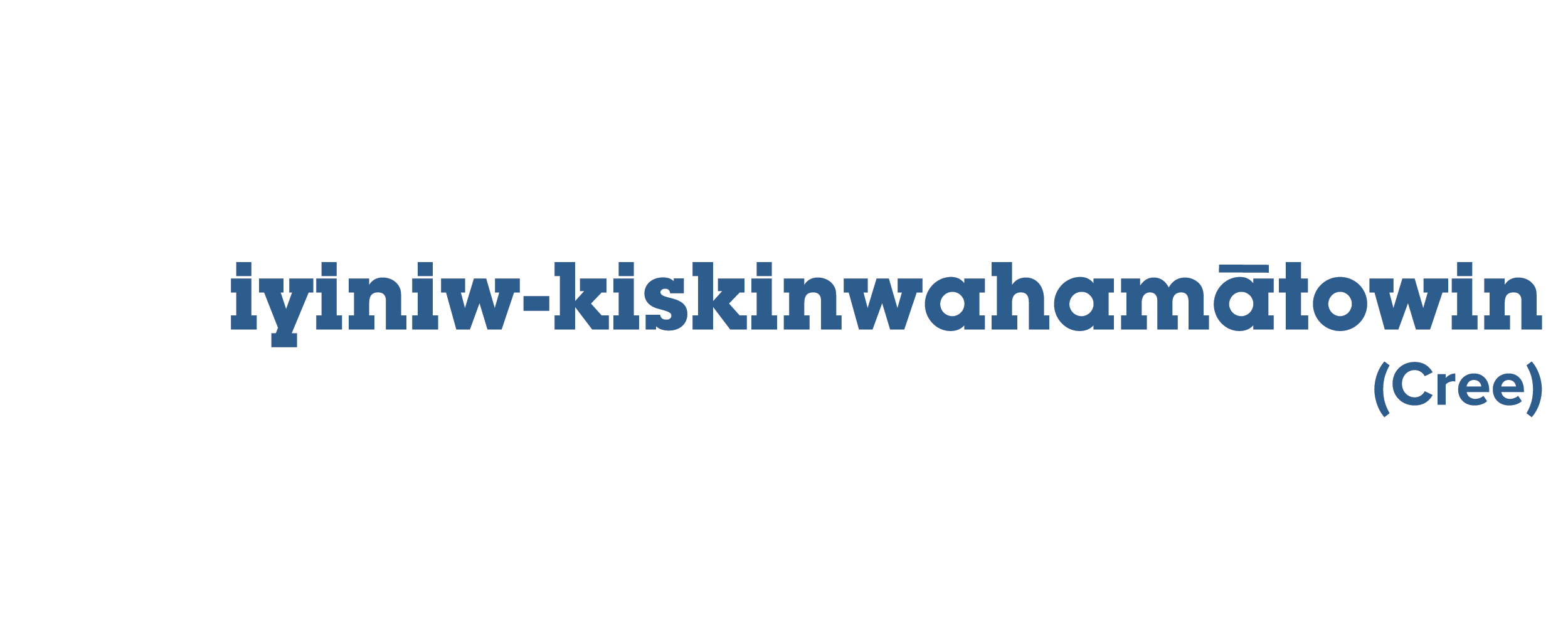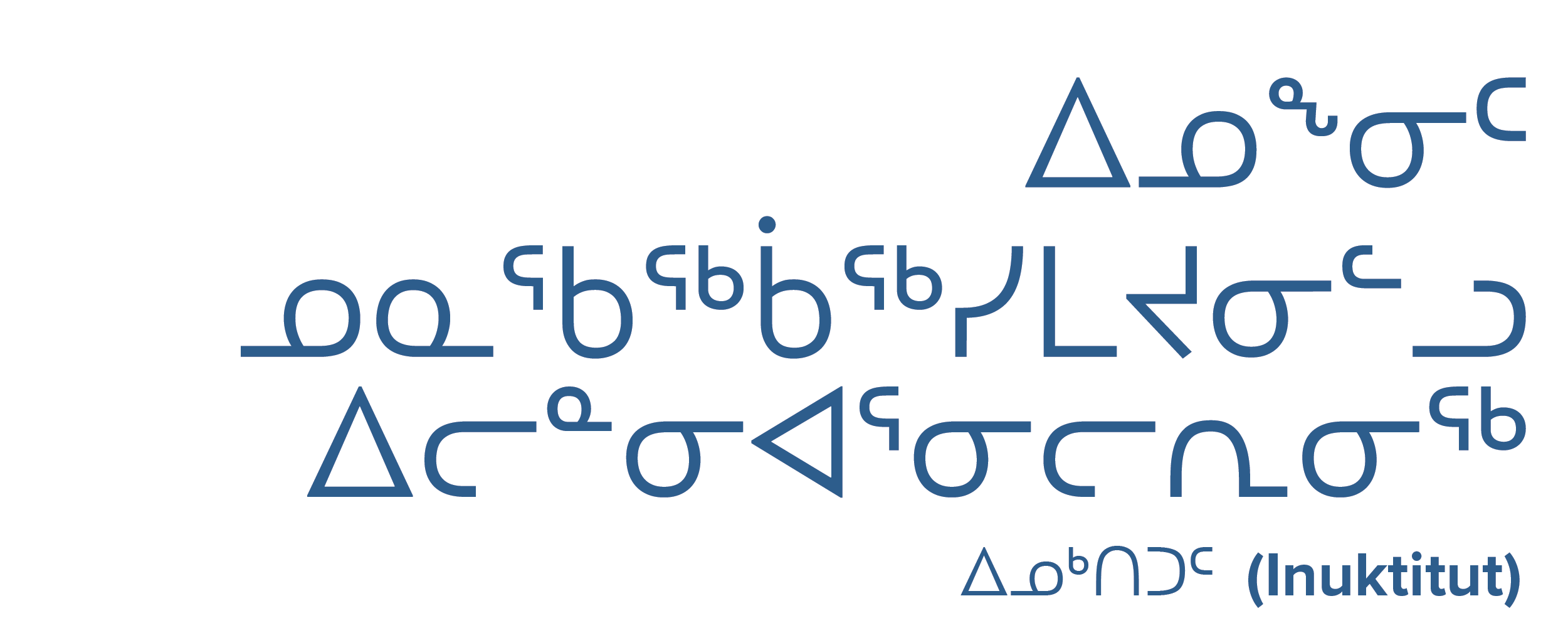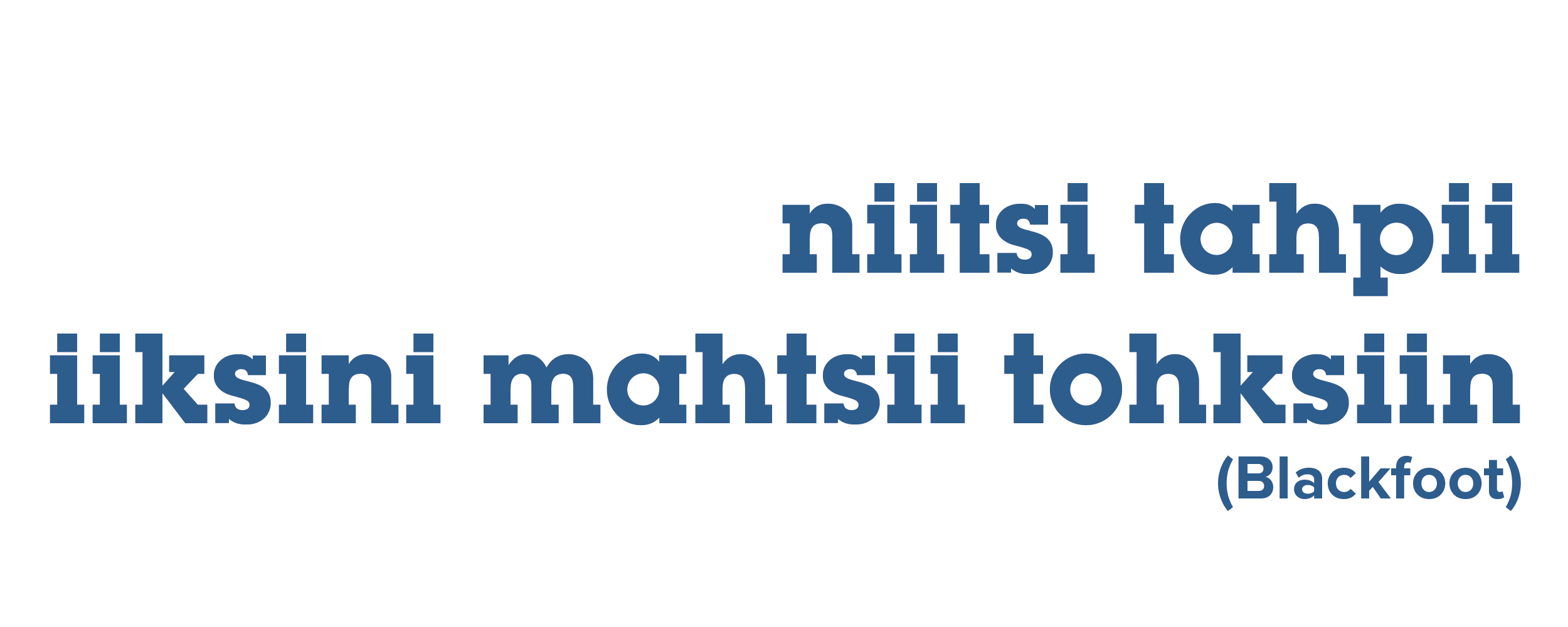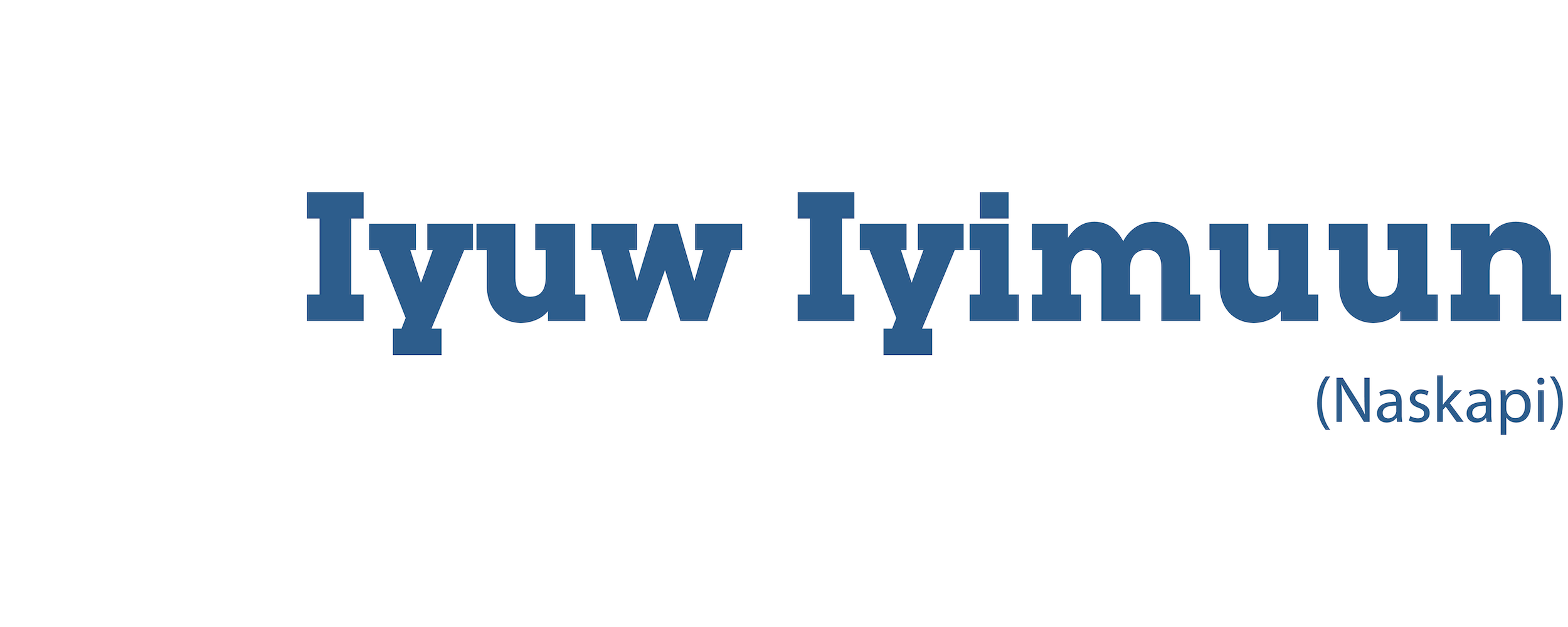In this introductory video to the NCCIE Cultural Space, the Elders wish to provide you with an illustration of how one learns according to Indigenous ways. There are many ways to learn. The demonstration in this video is just one way.
In this video, you will see the Elders Council (Kêhtê-ayak) at First Nations University of Canada learning together. How do they do this? Each one shares their perspective on a topic while the others listen actively and respectfully. In the end, the whole of what is being shared, taken altogether, is greater than the sum of the comments taken individually (recognizing that just one person’s contribution, in and of itself, can be filled with rich layers of meaning).
Stephen Augustine (2008) describes this way of learning in this manner:
This way of learning takes time; hence, this video is longer than the other introductory videos. Going around the circle, members of the Elders Council are relating a photo and its caption to their thoughts and reflections on what contributes to good governance from an Indigenous perspective. The caption reads:
“It is the mothers, not the warriors, that create a people and guide their destiny.”
You are invited to listen to the words of the Elders and Oskâpêwis (Elder’s Helpers/Apprentices). How does what they are sharing relate to governance and communal responsibilities? Reflect on what you hear and apply it to your own life, to your community. See what you learn by listening more than once. Each time you hear their words, you may learn something new.
Augustine, S. (2008). Preface: Oral history and oral traditions. In: R. Hulan & R. Eigenbrod (Eds.), Aboriginal oral traditions: Theory, practice, ethics (pp. 1-5). Black Point, NS: Fernwood Publishing.
Source of photo: NCCIE gratefully acknowledges Dr. Willie Ermine, Sturgeon Lake First Nation, who has shared this photo with the NCCIE ‘Knowledge Space’ project.
